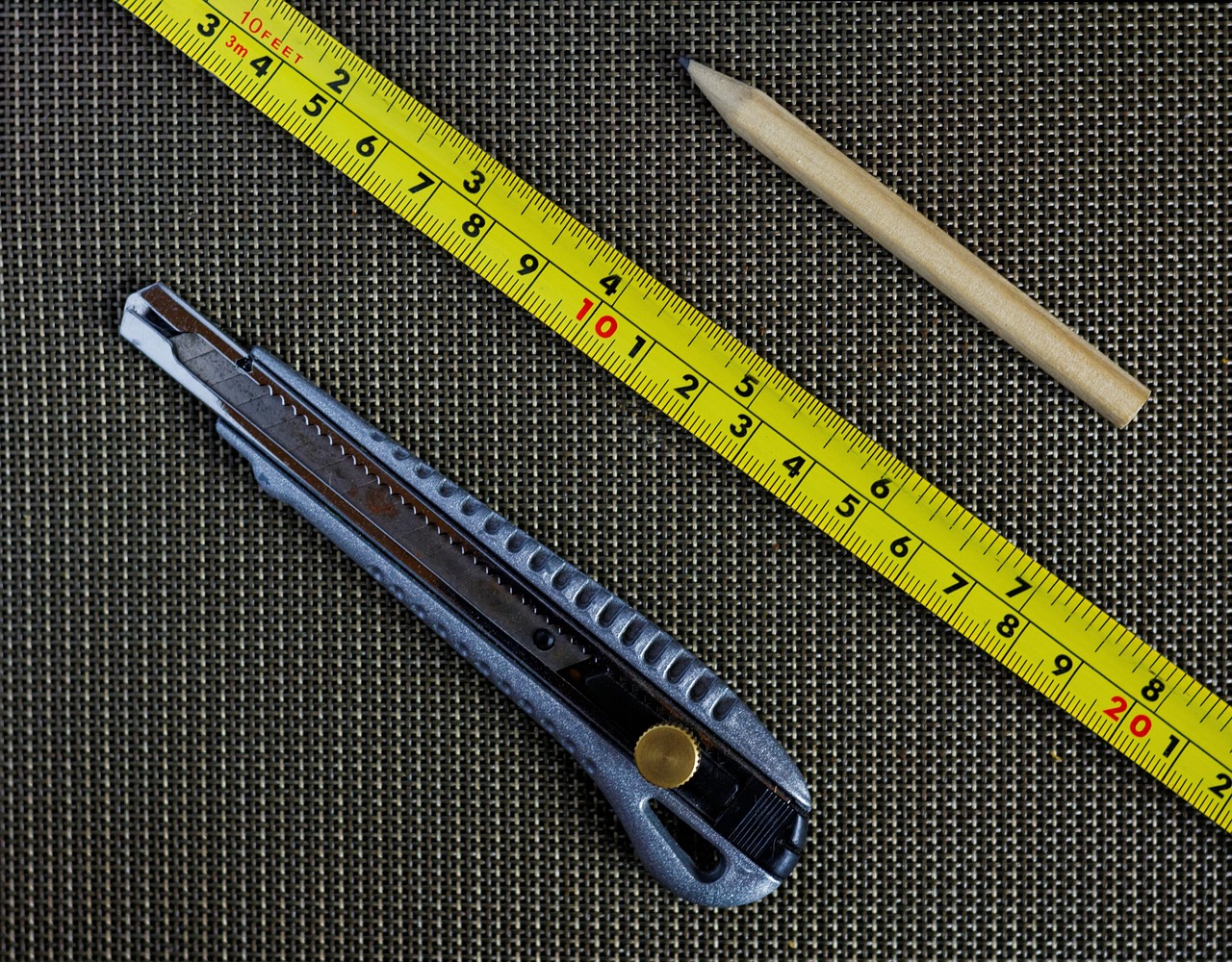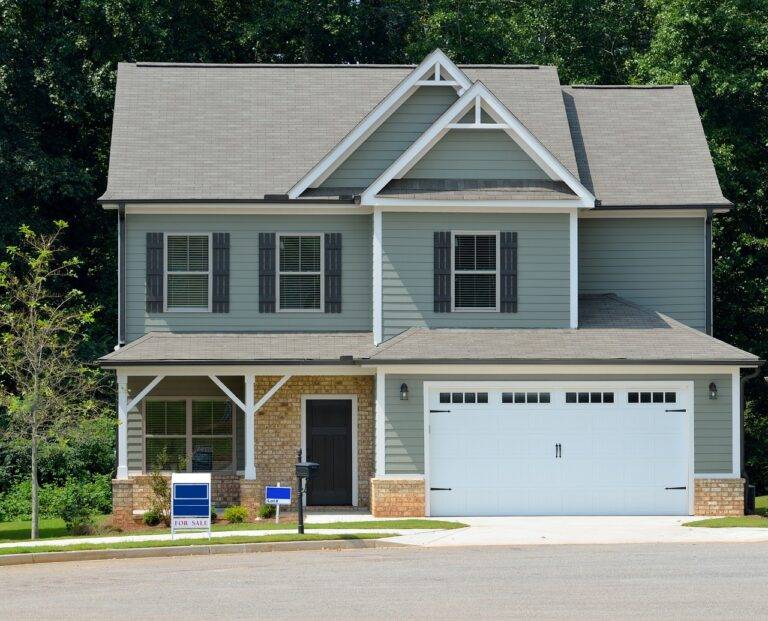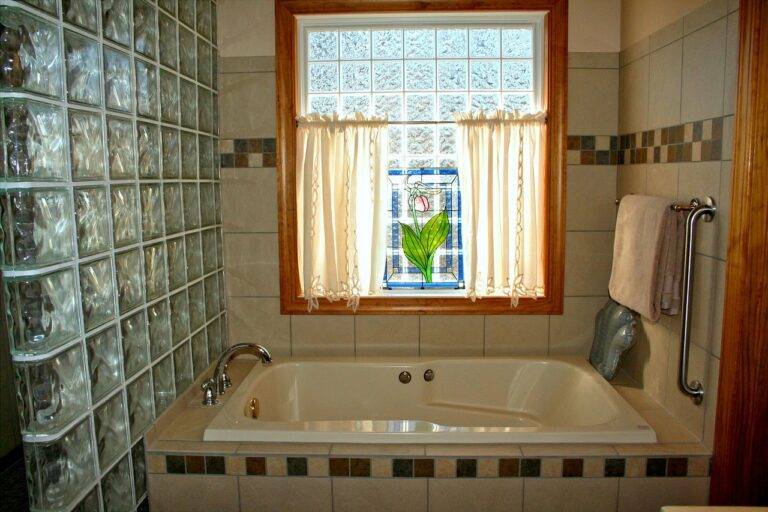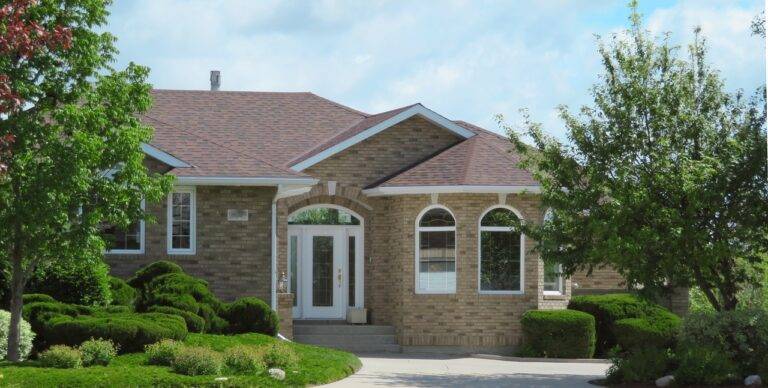From Traditional to Transitional: Navigating Interior Design Styles
Traditional interior design revolves around classic aesthetics and timeless elegance. This style often features rich wood furnishings, intricate details, and luxurious fabrics. Traditional interiors prioritize symmetry and balance, creating a warm and inviting atmosphere for residents and guests alike. Earthy tones and ornate patterns are commonly used in traditional design to evoke a sense of comfort and sophistication.
One of the hallmarks of traditional interior design is the use of traditional furniture pieces such as wingback chairs, claw-foot tables, and canopy beds. These pieces are often crafted from high-quality materials like mahogany, oak, and cherry wood, showcasing fine craftsmanship and durability. Traditional interiors also incorporate fine art, antique décor, and oriental rugs to add layers of depth and texture to the space, creating a sense of opulence and grandeur.
Exploring Transitional Interior Design
Transitional interior design blends traditional and contemporary elements to create a timeless and sophisticated look. This style focuses on clean lines, neutral color palettes, and a mix of textures and materials. The key to achieving a successful transitional design is to strike a balance between old and new, creating a harmonious fusion of classic and modern aesthetics.
In transitional interior design, furniture pieces are often a mix of both traditional and contemporary styles. For example, a classic tufted sofa can be paired with modern geometric coffee tables or sleek metallic lighting fixtures. This juxtaposition of styles adds visual interest and depth to the overall design scheme, while maintaining a sense of comfort and warmth in the space.
Key Differences Between Traditional and Transitional Styles
Traditional and transitional interior design styles each have their unique characteristics that differentiate them from one another. Traditional design tends to embrace ornate details, rich colors, and classic furniture pieces that exude a sense of elegance and sophistication. On the other hand, transitional design blends traditional elements with modern touches to create a more balanced and updated look.
In terms of color palettes, traditional design often features deep, warm tones such as mahogany, burgundy, and forest green, which evoke a sense of coziness and opulence. In contrast, transitional design leans towards a more neutral color scheme with pops of vibrant hues to add a contemporary flair without overshadowing the traditional elements present in the space.





